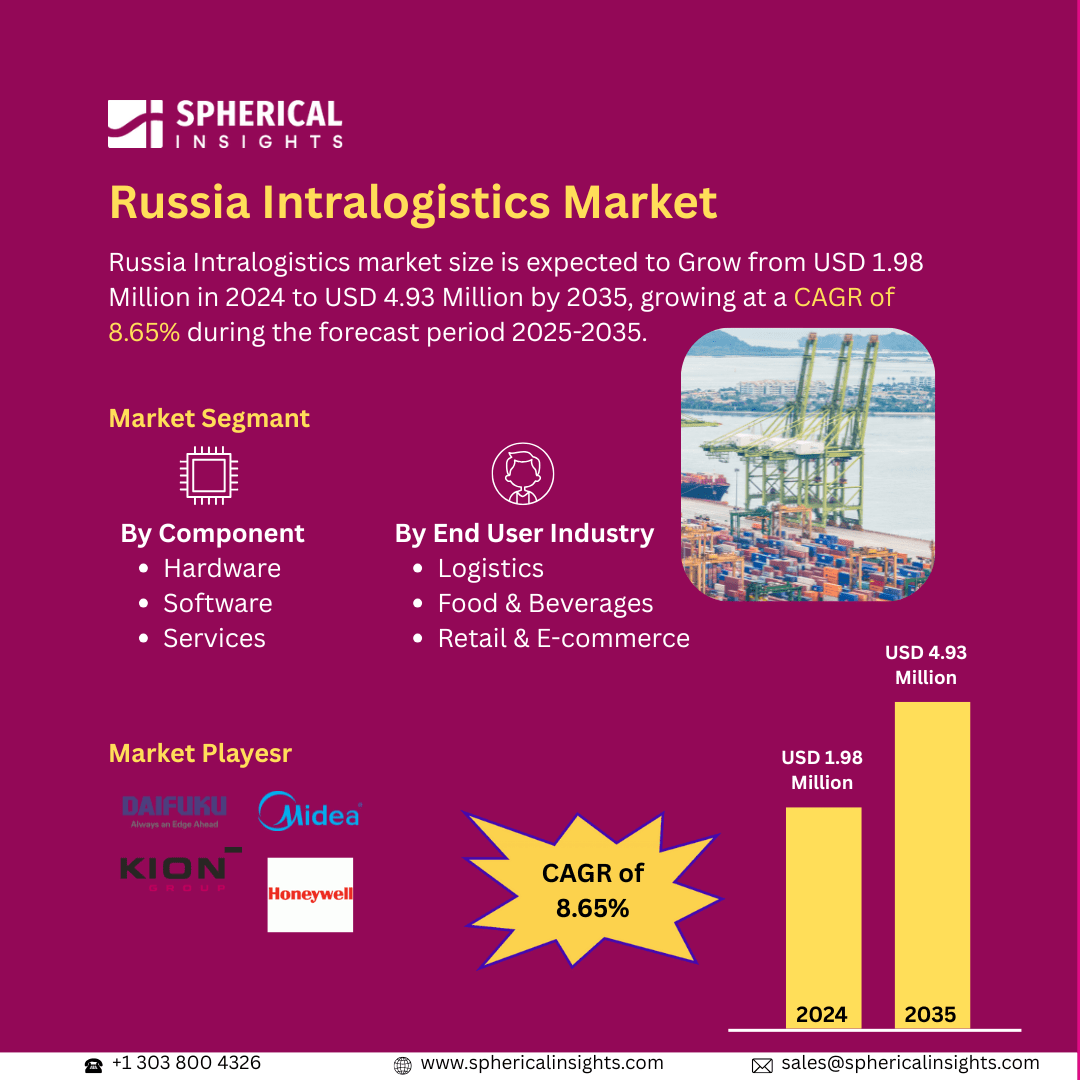Global Bio Solvents Market Size to worth USD 5.88 Billion by 2033
According to a research report published by Spherical Insights & Consulting, The Global Bio Solvents Market Size is Expected to Grow from USD 4.00 Billion in 2023 to USD 5.88 Billion by 2033, at a CAGR of 3.93 % during the forecast period 2023-2033.
Browse key industry insights spread across 210 pages with 110 Market data tables and figures & charts from the report on the Global Bio Solvents Market Size, Share, and COVID-19 Impact Analysis, By Product (Bio-alcohols, Glycerol Derivatives, D-Limonene, Lactate Esters, 2-Methyltetrahydrofuran, and Others), By End-Use (Chemical Intermediates, Pharmaceuticals, Paints & Coatings, Cosmetics & Personal Care, and Others), and By Region (North America, Europe, Asia-Pacific, Latin America, Middle East, and Africa), Analysis and Forecast 2023 – 2033.
The bio solvents market refers to the segment of the global solvents industry that focuses on products derived from renewable sources such as plants, vegetables, and agricultural waste. These solvents are considered environmentally friendly alternatives to conventional petrochemical-based solvents, offering lower toxicity and reduced environmental impact. Bio solvents are commonly used in industries such as paints and coatings, pharmaceuticals, cleaning, adhesives, and personal care. The market is primarily driven by increasing environmental regulations, growing demand for sustainable products, and heightened awareness regarding the health risks associated with traditional solvents. The bio solvents market is witnessing significant growth due to the growing preference for green and sustainable alternatives in response to rising concerns about environmental pollution, particularly volatile organic compound (VOC) emissions. Additionally, the implementation of stricter regulations on the use of petrochemical-based solvents further drives the adoption of bio solvents across various industries. The renewable nature of bio solvents, coupled with their relatively low environmental footprint, makes them an attractive option. However, the market faces challenges such as the higher production costs of bio solvents and limited availability of raw materials, which could restrain growth.
The bio-alcohols segment accounted for the highest share in 2023 and is expected to grow at a significant CAGR during the forecast period.
Based on the product, the bio solvents market is divided into bio-alcohols, glycerol derivatives, d-limonene, lactate esters, 2-methyltetrahydrofuran, and others. Among these, the bio-alcohols segment accounted for the largest share in 2023 and is expected to grow at a significant CAGR during the forecast period. This dominance is attributed to the increasing demand for bio-based solvents in the paints and coatings industry, where bio-based alcohols are utilized for their effective solvent properties and lower environmental impact.
The paints & coatings segment accounted for the largest share in 2023 and is expected to grow at a significant CAGR during the forecast period.
Based on the end-use, the bio solvents market is classified into chemical intermediates, pharmaceuticals, paints & coatings, cosmetics & personal care, and others. Among these, the paints & coatings segment accounted for the largest share in 2023 and is expected to grow at a significant CAGR during the forecast period. This dominance is attributed to the increasing demand for environmentally friendly and sustainable solutions within the coatings industry. Bio-based solvents are preferred in this sector due to their lower toxicity and reduced environmental impact compared to traditional petrochemical-based solvents.
North America is estimated to hold the greatest bio solvents market share over the forecast period.
North America is estimated to hold the greatest bio solvents market share over the forecast period. Driven primarily by escalating demand for eco-friendly alternatives to traditional petroleum-based solvents, catalyzed by stringent regulatory mandates. Also, the availability of industry giants such as Cargill Incorporated and Stepan Company within this region places North America at the strategic location of bio solvent development and commercialization, providing substantial growth prospects.
Asia Pacific is predicted to have the fastest CAGR growth in the bio solvents market over the forecast period. Driven by growing end-use industry demands in the sectors of paints & coatings, cosmetics, pharmaceuticals, and more. Added to this is an opportunity from low labor cost-based Asia-Pacific wherein capital required in production plants becomes less with soft market entry norms.
Company Profiling
Major key players in the bio solvents market are Stepan Company, Tri-Chem Specialties., ADM, POET, LLC., BASF, CREMER OLEO GmbH & Co., Corbion, Dow, Cargill, and Incorporated.
Key Target Audience
- Market Players
- Investors
- End-users
- Government Authorities
- Consulting And Research Firm
- Venture capitalists
- Value-Added Resellers (VARs)
Market Segment
This study forecasts global, regional, and country revenue from 2023 to 2033. Spherical Insights has segmented the bio solvents market based on the below-mentioned segments:
Global Bio Solvents Market, By Product
- Bio-alcohols
- Glycerol Derivatives
- D-Limonene
- Lactate Esters
- 2-Methyltetrahydrofuran
- Others
Global Bio Solvents Market, By End-Use
- Chemical Intermediates
- Pharmaceuticals
- Paints & Coatings
- Cosmetics & Personal Care
- Others
Global Bio Solvents Market, By Regional Analysis
- North America
- Europe
- Germany
- UK
- France
- Italy
- Spain
- Russia
- Rest of Europe
- Asia Pacific
- China
- Japan
- India
- South Korea
- Australia
- Rest of Asia Pacific
- South America
- Brazil
- Argentina
- Rest of South America
- Middle East & Africa
- UAE
- Saudi Arabia
- Qatar
- South Africa
- Rest of the Middle East & Africa



